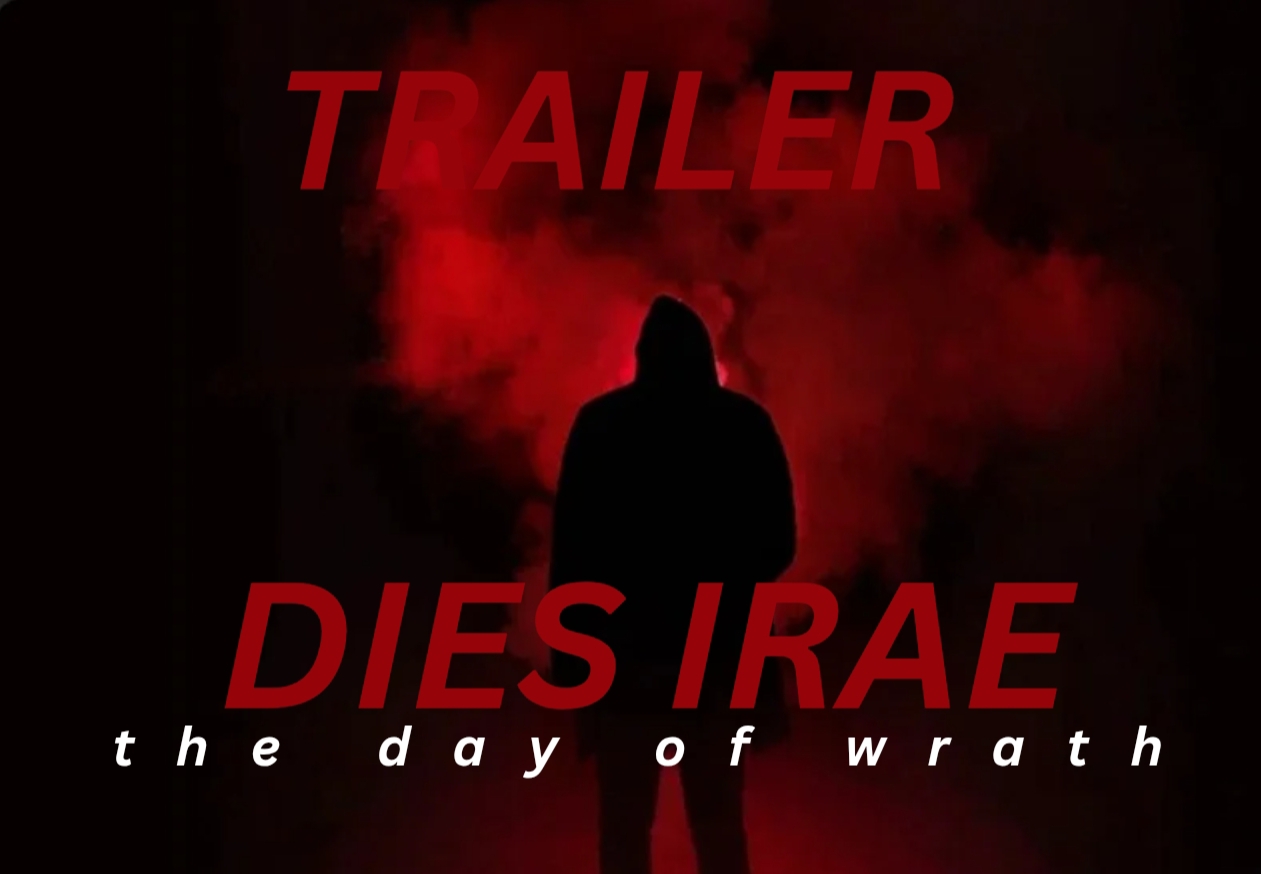Dies Irae review: With Pranav Mohanlal on screen, Rahul Sadasivan masterfully converts everyday moments into chilling terror, proving his mastery in Malayalam horror.
With “Dies Irae,” Rahul Sadasivan turns silence, shadow, and sorrow into pure terror:
True terror sneaks in through the mundane. In Dies Irae, Rahul Sadasivan teases fear out of the simplest things — a gentle gust on the neck, a single shaft of light, the faint click of a hair clip — so that afterwards even a breeze no longer feels innocent.
Though the movie leans on known horror tricks (yes, there are jump scares), Rahul Sadasivan’s mood and timing make them terrifyingly fresh. Rohan (Pranav Mohanlal), privileged and unsettled in his enormous house, becomes the victim — and digs down to uncover what’s really behind the fear.
While Bhoothakalam thrived on unseen terrors and the nagging possibility of rational explanations, Dies Irae confronts you head-on. Its horrors are tangible, often visible — yet that visibility only amplifies the film’s impact, thanks to smart staging and a seamless marriage of sound, visuals, editing and score that yields genuinely theatrical moments.
“Dies Irae” is where fear breathes through stillness and faith battles the unknown:
A standout sequence just before the interval slowly intensifies tension before snapping into a different gear, using shadows to shove the viewer straight into the terrified protagonist’s perspective. In moments like these you feel the hand of a filmmaker utterly at ease with horror, cheerfully winding up the scare-o-meter. Though less minimal than his work in Bhoothakalam or Bramayugam, cinematographer Shehnad Jalal — Sadasivan’s trusted lieutenant — manipulates light and its absence in countless inventive ways to summon dread.

Dies Irae’s opening may hint at a routine horror, but it soon pivots into a taut mystery-thriller. The final act delivers the biggest revelations — and even carves out an unlikely yet fitting emotional beat in Sadasivan’s screenplay. When the scares fade, a richer subtext remains. The Latin poem referenced in the title — a nod to the Last Judgment — barely links to the plot, but that detail feels irrelevant beside what the film accomplishes.
A slow-burning nightmare, “Dies Irae” proves that true horror lies in the ordinary:
With Pranav Mohanlal at the centre and strong support from Gibin Gopinath, Arun Ajikumar and Jaya Kurup, the compact cast sells every ounce of fear. Rahul Sadasivan crafts a waking nightmare — the kind of film aspiring horror directors dream of — and Dies Irae rightly deserves a place among Malayalam cinema’s finest horror achievements.
What begins as an ordinary workday suddenly tilts into dread for Madhu at a construction site when his phone rings with devastating news: Kani has died by suicide. He races to her home as her body is hauled from the well. Rohan — a decadent, careless scion from their past — soon hears of the tragedy, visits with a friend, and casually pockets one of Kani’s hair clips. The film then reveals their brief, intense fling and how Rohan ghosted her when she wanted more.
After returning from Kani’s house, Rohan’s life tilts into the uncanny: strange occurrences multiply at his mansion. What starts as the unsettling sense of a presence soon becomes outright terror — the clink of what sounds like Kani’s ghungroos, the faint rattle of the hair clip he stole. The force grows bolder, physically attacking him until a frightened Rohan turns to Madhu for help to secure Kani’s peace. Madhu warns that those who die with hate or unmet desires seldom depart the living world, but he agrees to help. The question remains—can they overcome whatever haunts Rohan?
In “Dies Irae,” terror whispers through shadows—never loud, always lasting:
What elevates Dies Irae is Rahul’s restraint: he rarely tries to startle for the sake of a scare. A few well-placed jump scares do appear, but they only intensify the atmosphere he’s already built. Rather than jolting viewers, the film creeps beneath the skin—step by step—leaving a slow-burning unease that lingers long after the credits roll.
Similar to Bhoothakaalam (2022), Dies Irae avoids relying on simple creative shortcuts or continuously showcasing its ghost. Rahul Sadasivan reintroduces the well-known “sound of anklets,” a trope from old Malayalam horror, but this time it has real significance, becoming essential to the story’s emotional heart and only becoming fully apparent at the conclusion. Rahul skillfully creates the creepy environment of the movie, refusing to use fantasy for ease, making sure each component has a proper place.With Dies Irae, he continues his quiet crusade to elevate both the craft of Indian horror and the expectations of its audience.

